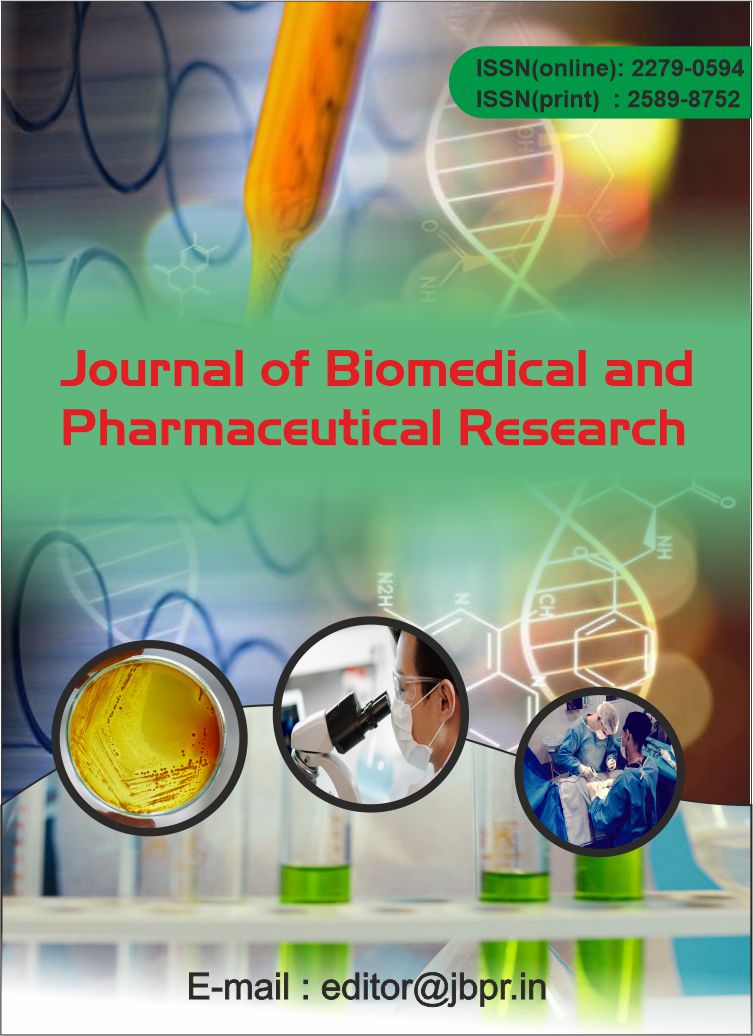A Rare Case of Newly Diagnosed Type 2 Diabetes with Bilateral Cystoid Macular Edema Treated with Intravitreal Ranibizumab
Abstract
Diabetic macular edema is caused by retinal vasculature alterations. Diagnosis involves binocular slit-lamp biomicroscopy, FA leakage, and OCT data. Macular edema is a complex and multifaceted disease. Disruption of the blood-retinal barrier can lead to fluid accumulation in the macula. An anti-VEGF drug, intravitreal ranibizumab, inhibits blood vessel growth by interrupting VEGF's receptor interface. In our case, though the patient is denovo diabetic, chronic hypertension and hyperlipidemia are significant risk factors for macular edema. The patient is taking metformin, telmisartan, and atorvastatin. High blood glucose levels, poor adherence to oral hypoglycemic agents, and an inappropriate diet are the reasons for the repeated administration of intravitreal ranibizumab injections, which lead to financial burden and poor quality of life in patients.
Keywords: Diabetes, anti-VEGF drug, diabetic macular edema, nonproliferative diabetic retinopathy.
![]() Journal of Biomedical and Pharmaceutical Research by Articles is licensed under a Creative Commons Attribution 4.0 International License.
Journal of Biomedical and Pharmaceutical Research by Articles is licensed under a Creative Commons Attribution 4.0 International License.




